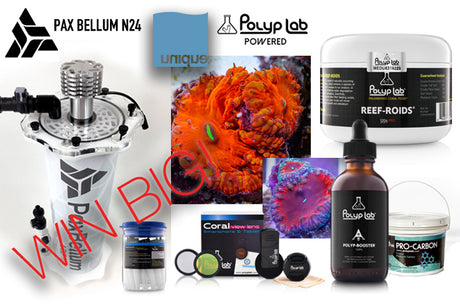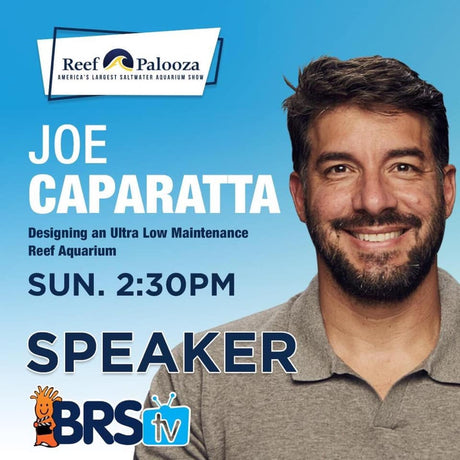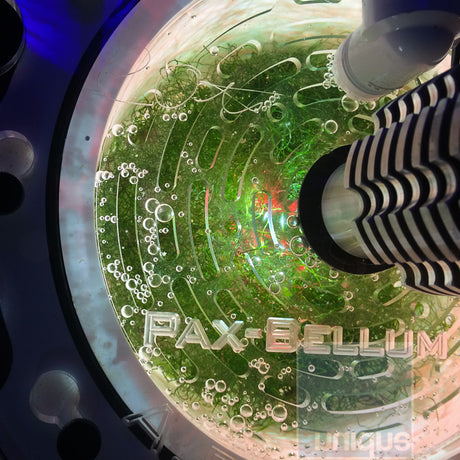
Win 1 year supply of PolypLab, Blasto Pack or Pax Bellum N24! FREE to Enter
By Toni Nancy Xiong
Big GiveAway winners announced!! Here are the lucky winners: 1- Boone Blaine - Blasto pack2- John Dela Cruz - Pax Bellum N243- Brandon Oliver - 1 year supply of PolypLab...
Read more


